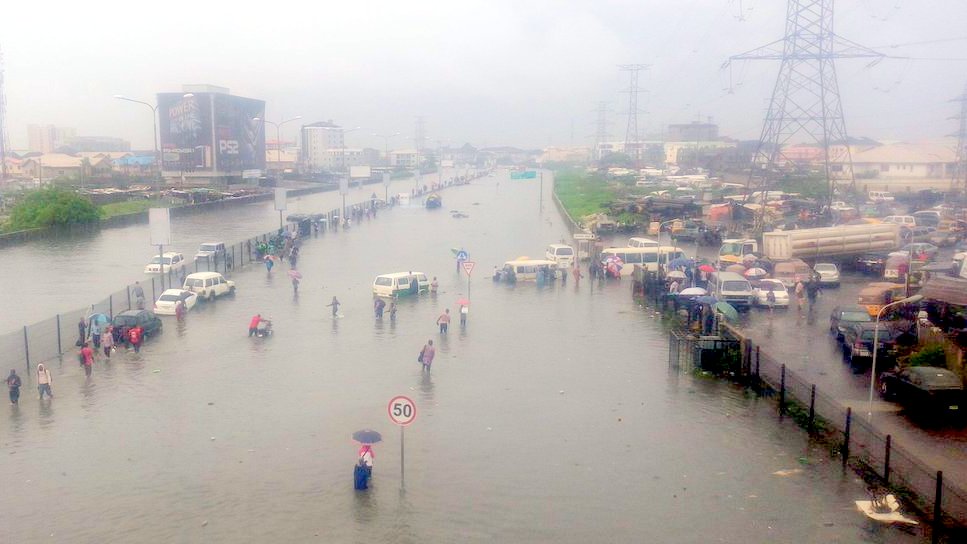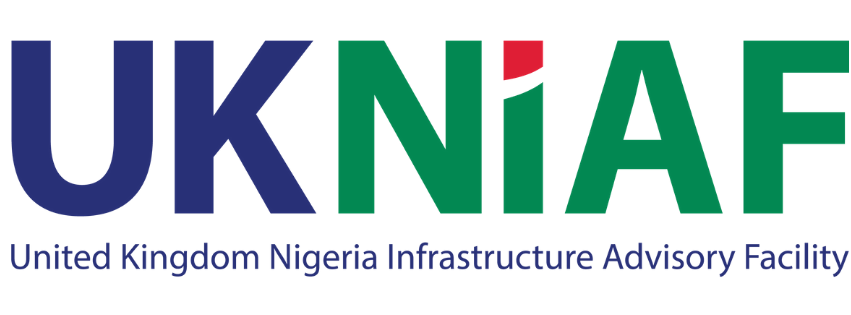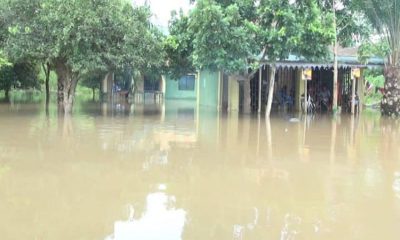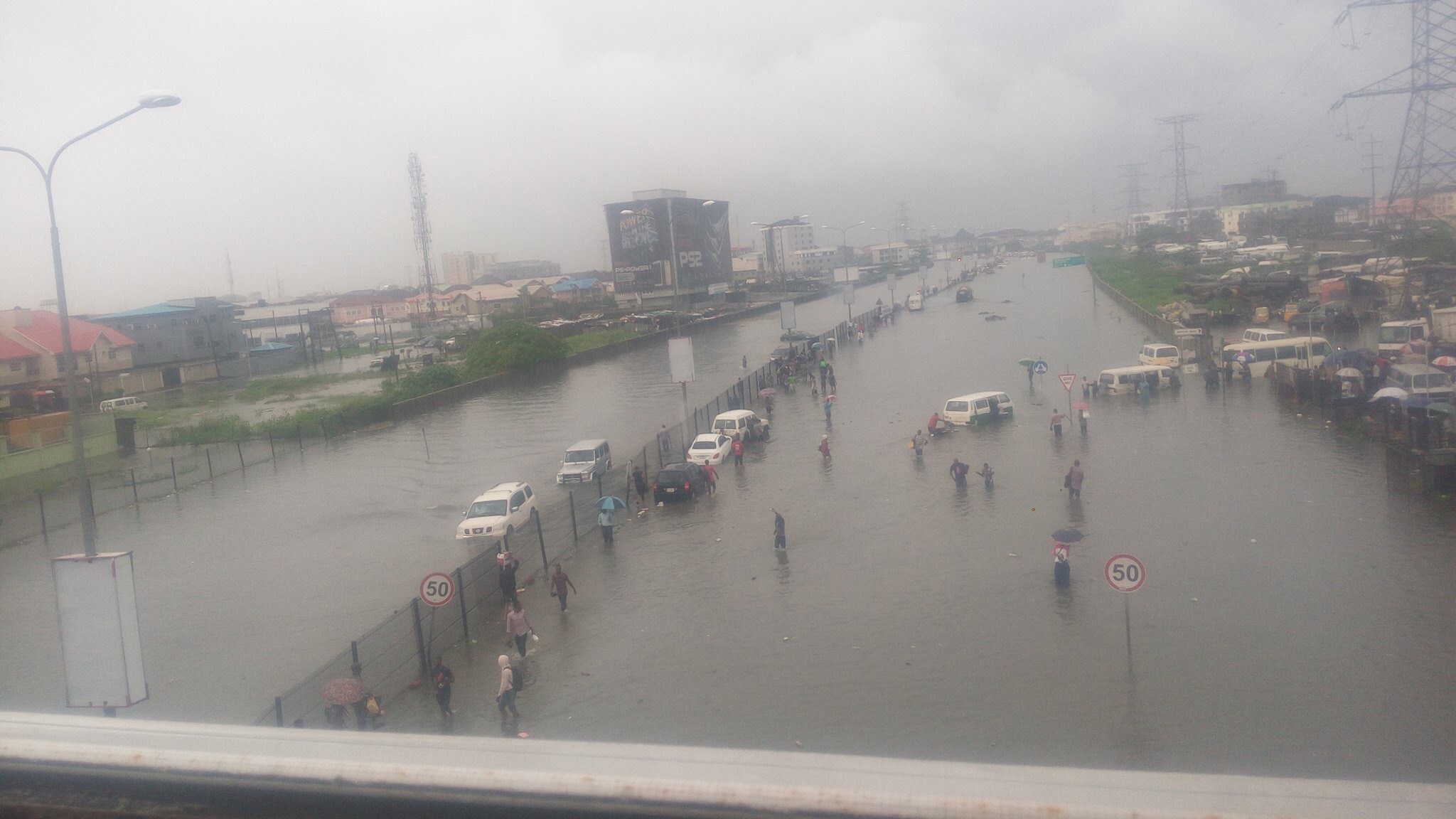General
Flooding: NIHSA Puts Lagos, Kogi, Others on Red Alert

By Adedapo Adesanya
All states in the country are on red alert to face the impact of flooding, a new forecast from the Nigeria Hydrological Services Agency (NIHSA) shows.
In the 2023 Annual Flood Outlook (AFO) themed Flood Prediction and its Impact, the Minister of Water Resources, Mr Suleiman Adamu, at the Public Presentation of the 2023 Annual Flood Outlook, said that the impact on the Socio-Economic Livelihood of Nigerians predicted that 178 Local Government Areas (LGAs) in 32 States of the federation and the FCT fall within the Highly Probable Flood Risk Areas.
These states are Adamawa, Abia, Akwa- Ibom, Anambra, Bauchi, Bayelsa, Benue, Cross- River, Delta, Ebonyi, Ekiti, Edo.
Others are Gombe, Imo, Jigawa, Kaduna, Kano, Kebbi, Kogi, Kwara, Lagos, Nasarawa, Niger, Ogun, Ondo, Osun, Oyo, Rivers, Sokoto, Taraba, Yobe, as well as Zamfara and the FCT.
The minister also said 224 LGAs in 35 States of the Federation, including FCT, fall within the moderately probable flood Risks Areas. The remaining 372 LGAs fall within the probable Flood Risks Areas.
The 2023 Annual Flood Outlook emphasized the categories of flood anticipated as the Minister revealed that the Highly Probable Flood Risks Areas is expected between the month of April and November.
In addition, the level of floods in this category is expected to be high in terms of impact on the population, agriculture, livelihood, livestock and infrastructure, and the environment.
Part of 66 LGAs across the country falls within the Highly Probable Risks Areas in the months of April, May, and June, while part of 148 LGAs in the months of October and November 2023.
The Minister further explained that a moderate impact level of floods is expected in Parts of 41 LGAs within the months of April, May, and June, while parts of 199 LGAs fall within the month of July, August, and September, and parts of 73 LGA’s within the months of October and November 2023.
He hinted that Bayelsa, Cross-River, Delta, Edo, Lagos, Ogun, Rivers, and Ondo would be experiencing Coastal flooding due to a rise in sea level and tidal surge, which would impact fishing, wildlife habitation, and river navigation.
Meanwhile, cities like Lagos, Kaduna, Suleija, Gombe, Yola, Makurdi, Abuja, Lafia, Asaba, Port- Harcourt, Yenagoa, Ibadan, Benin-City, Birnin- Kebbi, Lokoja, Kano, Nsukka, Sokoto, Ado- Ekiti, Owerri, Calabar, Maiduguri, Osogbo, Abakaliki, and Awka will be experiencing flash and urban flooding.
Mr Adamu noted that the Federal Government is committed to ensuring that necessary measures are taken to mitigate the impacts of natural disasters taking into cognizance the devastating consequences of the 2022 floods.
In addition, he emphasized the need for accurate flood forecasting in protecting the lives and property of citizens, noting that NIHSA has made tremendous progress in improving flood forecasting capabilities and confidence and that the predictions presented will help to better prepare for response to potential flood events as well as serve as a veritable tool for strategic planning to avert loss of lives and property through adequate coordinated and effective flood early warning and sensitization awareness campaigns, improved flood mitigation strategies and preparedness for risk reduction by all stakeholders.
On her part, the Permanent Secretary Federal Ministry of Water Resources, Mrs Esther Didi Walson-Jack, represented by the Director of River Basin Operations, Mr Johnson Ochigbo, reiterated the overall objective of the meeting, stating that it is to sensitize the nation, particularly water users, planners, decision and policymakers, farmers, stakeholders and the general public on the need to embark on preventive measures, necessary to improve the safety of lives and reduce potential damages to property and infrastructures that have been witnessed from the recent flood disasters, particularly the 2022 flood disaster.
She urged participants to translate the 2023 forecasts into concrete actions that will make the nation’s communities flood resilient, noting that the yearly message of AFO to the general public will decline the negative impact of flood, thereby promoting a better understanding of flood risks and ensuring that appropriate mitigation measures are deployed.
General
NCSP Strengthens Strategic Investment Cooperation With China

By Adedapo Adesanya
The Nigeria–China Strategic Partnership (NCSP) recently hosted a high-level delegation from Newryton International Industrial Development Company Limited, a leading Chinese investment and industrial development consortium, to advance discussions on deepening bilateral trade, industrial cooperation, and development financing between both countries.
The Newryton delegation, led by Mr David Chen, Assistant Secretary-General of the China Hainan Investment Council, had earlier engaged with the Nigerian Association of Commerce, Industry, Mines and Agriculture (NACCIMA). They were accompanied to the NCSP by Mr Joe Onyuike, Vice-Chairman of NACCIMA’s Agriculture and Livestock Trade Group, who conveyed NACCIMA’s support for the delegation’s engagements.
Discussions centered on the establishment of a Nigeria–China Trade and Investment Platform, including a proposed Promotion Centre in China to support Nigerian products, investors, and state governments.
The consortium also presented opportunities within Hainan Province’s Free Trade Port (FTP), which offers preferential policies that Nigerian businesses can leverage to expand exports and attract new investments.
In his address on behalf of Newryton, Mr Pong outlined plans to collaborate with NCSP in accessing FOCAC-supported financing for strategic investments in agriculture, energy, mining, solid minerals processing, and related sectors. The delegation identified aquaculture as a key area of interest and referenced the forthcoming Global Aquaculture Conference in Hainan Province, encouraging Nigerian stakeholders to participate.
They also expressed readiness to strengthen cooperation in vocational training and employment under the Belt and Road Initiative (BRI).
Welcoming the delegation on behalf of the Director-General, Martins Olajide, NCSP’s Head of Internal Operations, reaffirmed the organisation’s commitment to fostering mutually beneficial partnerships.
He highlighted NCSP’s strong interest in the proposed Nigeria–China Trade and Investment Platform and the development of the Nigerian Oil Palm Industrial Park as a flagship demonstration project.
Also speaking at the meeting, Ms Judy Melifonwu, NCSP’s Head of International Relations, underscored the opportunities presented by China’s zero-tariff policy and the forthcoming NAQS–GACC protocol on the export of Nigerian aquaculture products. She noted that these frameworks would significantly enhance Nigeria’s competitiveness in emerging global markets.
Both parties expressed commitment to advancing discussions toward a structured cooperation framework covering all priority areas.
General
UKNIAF Marks Six Years Infrastructure Support to Nigeria

By Adedapo Adesanya
The United Kingdom–Nigeria Infrastructure Advisory Facility (UKNIAF), established in 2019 as part of a 16-year legacy of UK-funded infrastructure support to Nigeria, convened over 100 senior stakeholders on Tuesday, December 2, to review its progress and formally close out its current phase of operations.
The event brought together representatives from federal and state governments, development partners, development finance institutions, and the private sector to reflect on UKNIAF’s work across the power, infrastructure finance, and roads sectors. Discussions focused on institutional reforms, capacity development, and the sustainability of tools and processes introduced over the past six years.
Since inception, UKNIAF has delivered targeted technical assistance designed to embed evidence-based reforms, data-driven decision-making, and improved institutional performance. Its interventions have mobilised significant financing, strengthened regulatory and planning systems, and enhanced investor readiness across multiple infrastructure markets.
In the power sector, participants highlighted landmark achievements including the development of Nigeria’s first Integrated Resource Plan, which outlines a least-cost and low-carbon pathway for expanding electricity supply. UKNIAF also supported the Nigerian Electricity Regulatory Commission (NERC) in building advanced real-time data capabilities for tariff monitoring, grid management, and outage tracking. The programme enabled pioneering states to establish their own electricity markets following constitutional reforms.
In infrastructure finance, UKNIAF was recognised for strengthening project preparation systems and enabling access to capital. Notable accomplishments include supporting the mobilisation of $75 million from the African Development Bank to the Special Agro-Industrial Processing Zone (SAPZ) programme in two states, and accelerating mini-grid and solar deployment through improved technical standards at the Rural Electrification Agency (REA).
UKNIAF also designed a national project preparation facility, for which N21 billion was allocated in both the 2024 and 2025 budgets to build a pipeline of bankable projects.
Speaking on this, Mr Frank Edozie, UKNIAF Team Lead, described the programme’s close-out as a “handover for sustained delivery,” emphasising that strengthened institutions now hold tools that make Nigeria’s infrastructure landscape more transparent, climate-smart, and investor-ready.
On his part, the Minister of Power, Mr Adebayo Adelabu, commended the programme, noting that its technical assistance and advisory services had helped lay the foundation for a sustainable and inclusive electricity supply industry.
Mrs Cynthia Rowe, Head of Development Corporation at the UK Foreign, Commonwealth and Development Office (FCDO) in Nigeria, praised the partnership, highlighting achievements ranging from state-level electricity market reforms to unlocking major financing and designing Nigeria’s Climate Change Fund.
Enugu State Secretary to the State Government, Professor Chidiebere Onyia, underscored the lasting influence of the programme, stating that UKNIAF’s impact continues through the expertise and leadership transferred to national and sub-national institutions.
The close-out event reaffirmed stakeholders’ commitment to sustaining tools, reforms, and knowledge products developed under UKNIAF, while strengthening collaboration among public, private, and development actors in the infrastructure ecosystem.
Participants included federal and state agencies such as the Nigeria Governors’ Forum, Federal Ministry of Power, Ministry of Finance, NERC, REA, and the Transmission Company of Nigeria, alongside development partners including the African Development Bank, World Bank, and IFC, as well as private sector and civil society stakeholders.
General
Dangote Refinery Reduces PMS Pump Price to N699 Per Litre

By Aduragbemi Omiyale
The gantry price of Premium Motor Spirit (PMS), otherwise known as petrol, has been slashed by the Dangote Petroleum Refinery.
The Lagos-based oil facility brought down the ex-depot price of the petroleum product by 15.58 per cent or N129 per litre to N828 per litre.
Though the company had yet to release an official statement on this development, real-time market data on Petroleumprice.ng on Friday showed the new price.
Punch reports that data from the platform also showed fresh reductions across several private depots following the refinery’s latest review.
Sigmund Depot cut its ex-depot price by N4 to N824 per litre, Bulk Strategic dropped its price by N3, and TechnoOil slashed its by N15.
-

 Feature/OPED6 years ago
Feature/OPED6 years agoDavos was Different this year
-
Travel/Tourism9 years ago
Lagos Seals Western Lodge Hotel In Ikorodu
-

 Showbiz3 years ago
Showbiz3 years agoEstranged Lover Releases Videos of Empress Njamah Bathing
-

 Banking7 years ago
Banking7 years agoSort Codes of GTBank Branches in Nigeria
-

 Economy3 years ago
Economy3 years agoSubsidy Removal: CNG at N130 Per Litre Cheaper Than Petrol—IPMAN
-

 Banking3 years ago
Banking3 years agoFirst Bank Announces Planned Downtime
-

 Banking3 years ago
Banking3 years agoSort Codes of UBA Branches in Nigeria
-

 Sports3 years ago
Sports3 years agoHighest Paid Nigerian Footballer – How Much Do Nigerian Footballers Earn
















